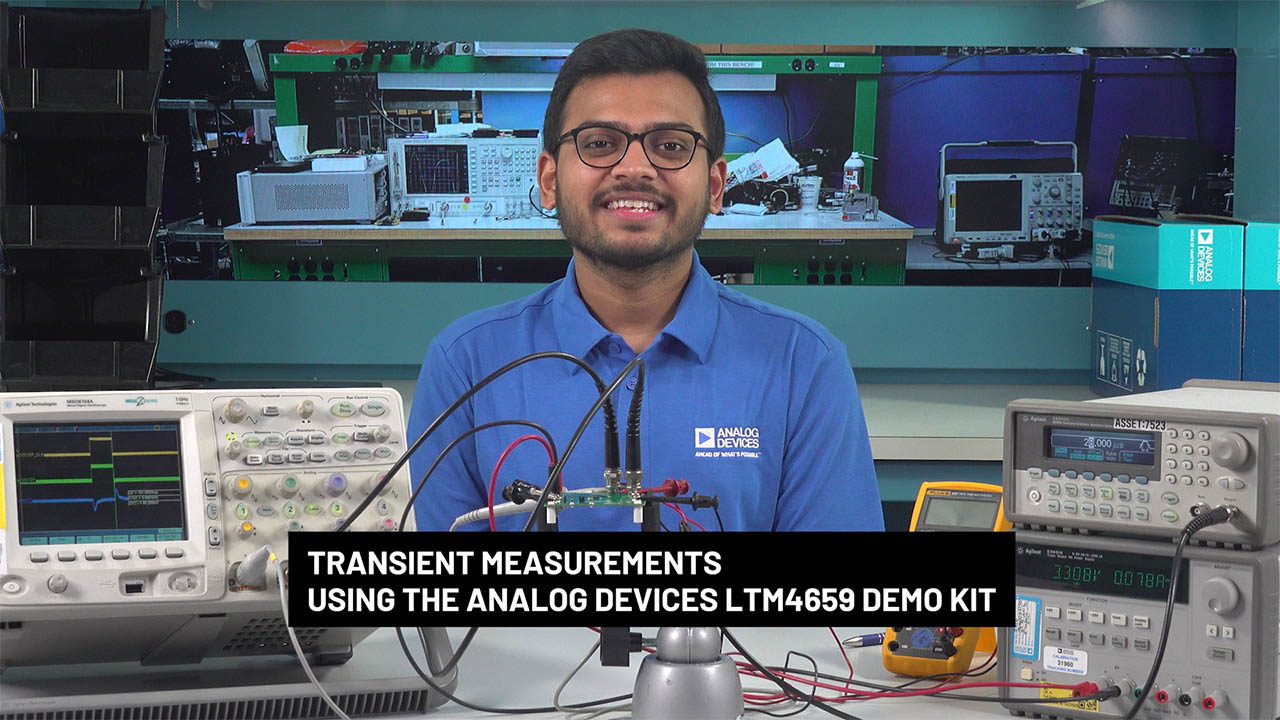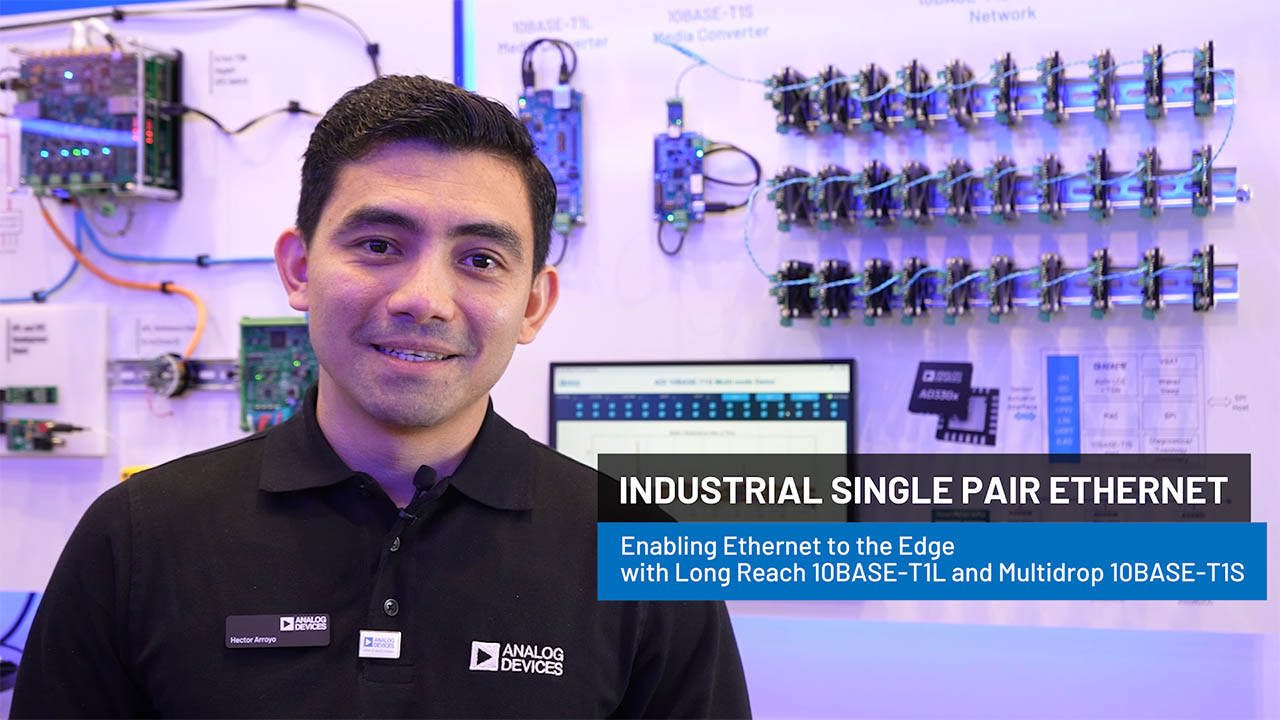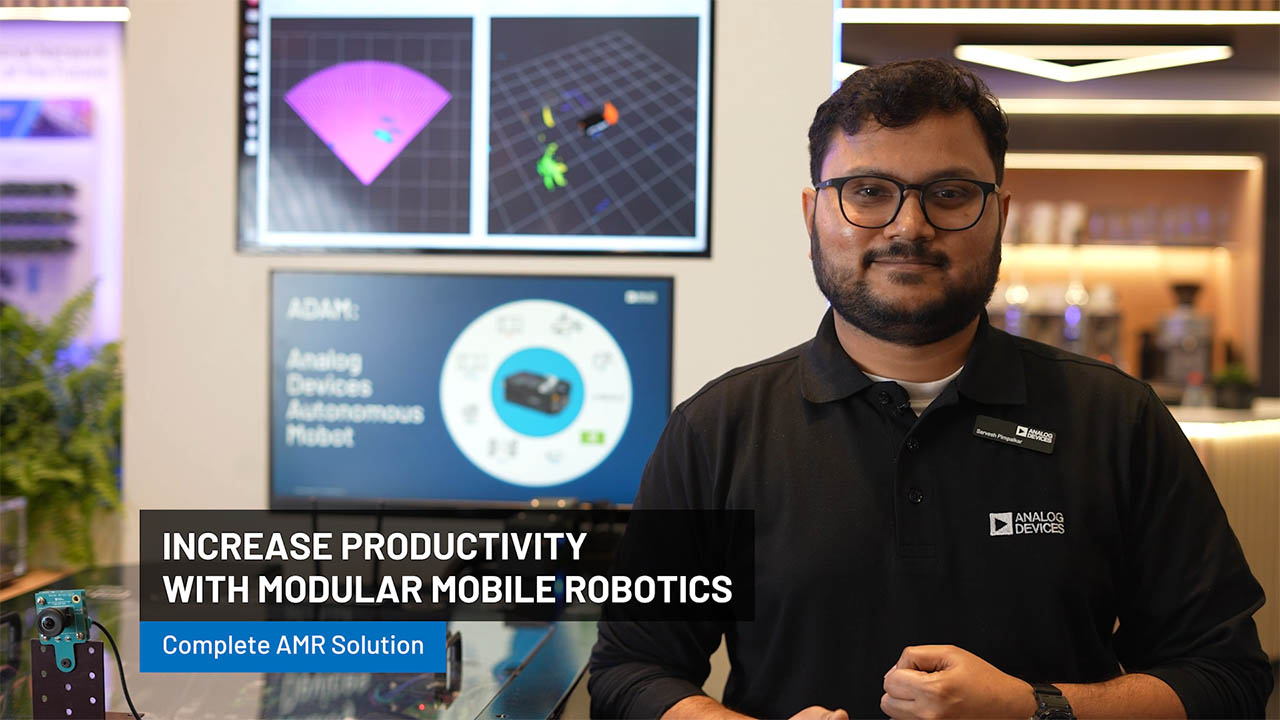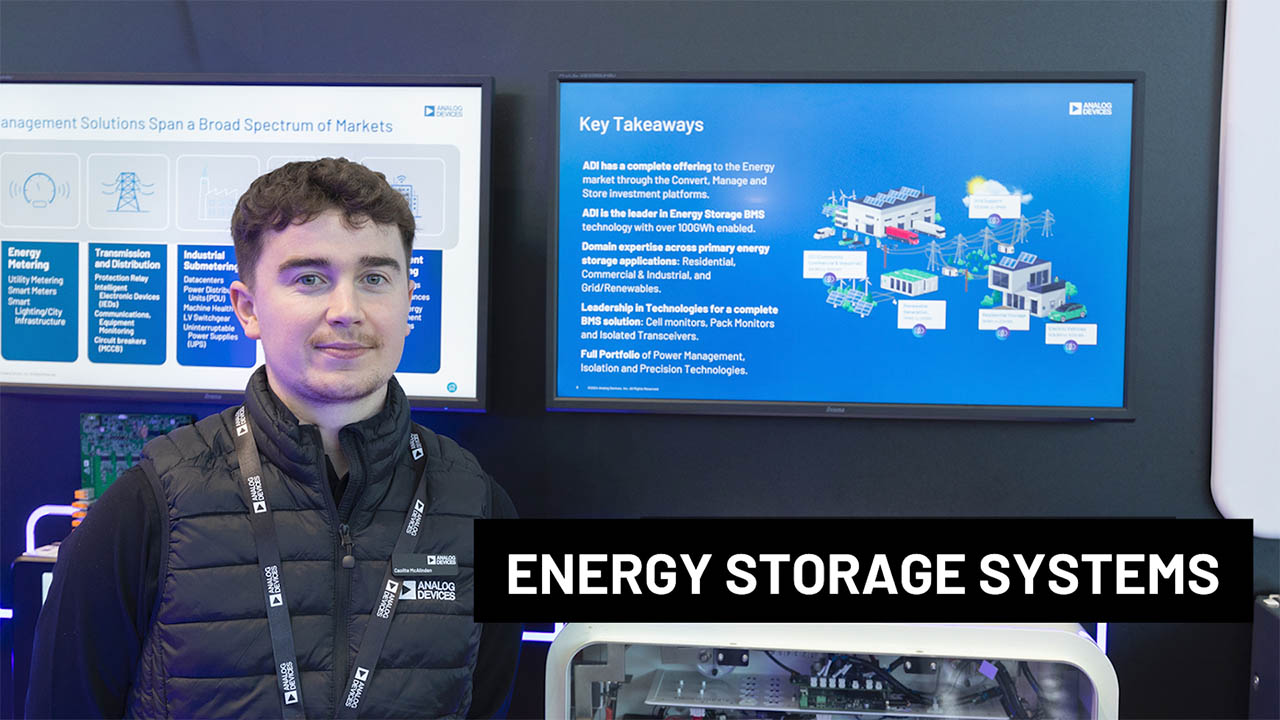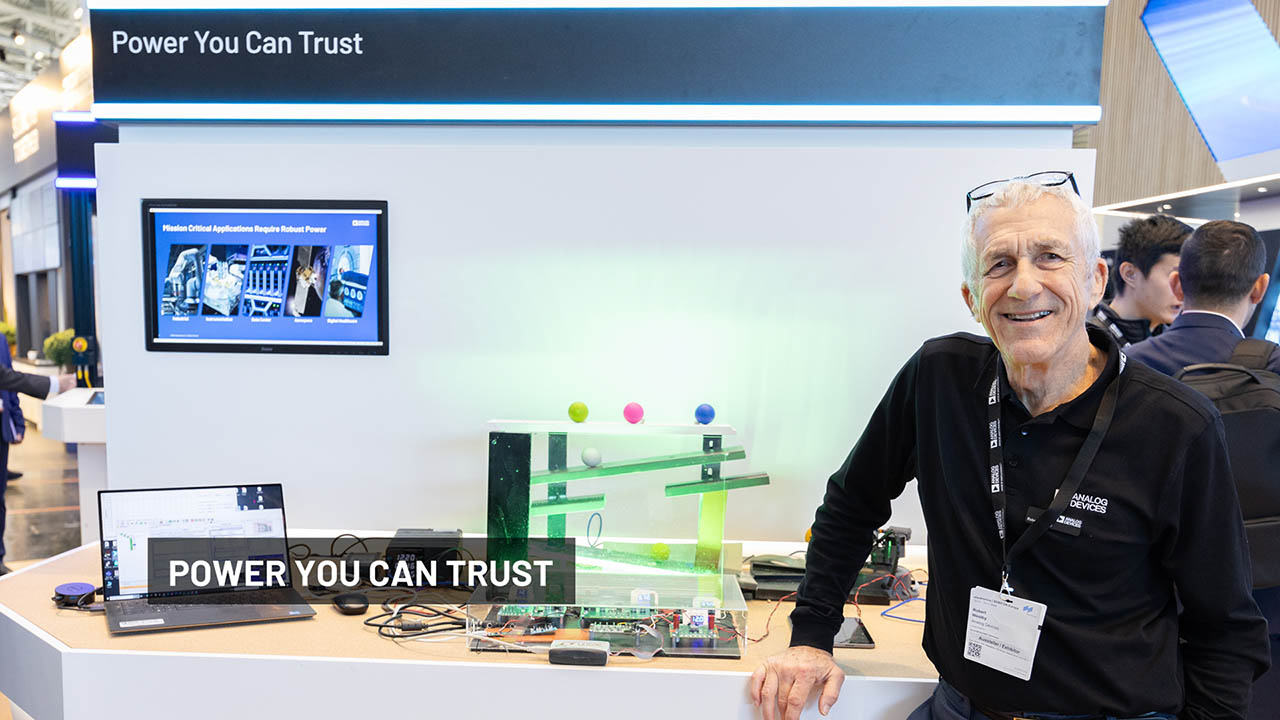Easily Add Memory, Security, Monitoring, and Control to Medical Sensors and Consumables
摘要
This tutorial describes how 1-Wire® devices add electronic capabilities to many medical consumables. The article explains how the 1-Wire protocol operates and introduces the functionality that 1-Wire technology offers to track and monitor consumables. The benefits of 1-Wire technology include assurance that the consumable is calibrated to a host instrument; safeguards to track and secure the quality control of the medical consumable; secured memory or use counters to monitor and prevent unsanitary reuse of a consumable with a limited lifespan; and secure mechanisms to protect against unauthorized aftermarket consumables. Custom packaging options accommodate a wide range of consumables.
Overview
Many medical instruments and equipment incorporate sensors, probes, or peripheral items which are collectively considered to be consumables. These consumables are used once and then discarded, or they have a limited usage lifespan. Consequently, there is a continuous cycle of replacing consumables when operating some medical equipment.
The consumable items used for these medical applications must typically have embedded electronic capabilities, including nonvolatile (NV) memory for characteristic data storage, security functionality to prove OEM authenticity, and controls to manage limited use or reuse. These electronic capabilities are required to ensure that the consumable is calibrated to the instrument; to safeguard the quality control of the medical product; to prevent unsanitary reuse of a consumable with a limited lifespan; and to protect against unauthorized aftermarket consumables.
The standard method for attaching the consumable item to the medical instrument is with an electromechanical connector. Typically, this connector interface is pin limited. Therefore, the interface that adds authentication and memory functionality to the consumable must be accomplished with minimal contact. Because the consumable is normally handled by a human, the device providing this interface must also provide strong ESD protection. Finally, with portable medical instruments, low power and low-voltage operation are critical characteristics that must be supported.
1-Wire Products for Medical Consumables
Consumables are the "lifeblood" of medical suppliers. For over 25 years customers have been using Analog's 1-Wire® products for these applications, because 1-Wire technology provides the interface, the required features and performance, and the packaging designed specifically for sensors, probes, and peripherals.
Benefits of 1-Wire
Easily Add Memory, Security, Monitoring, and Control to Consumables
- Single dedicated contact for communication and power minimizes impact to the instrument-sensor interface
- EEPROM and one-time programmable (OTP) arrays for NV storage of sensor characteristics
- Crypto-strong, SHA-2, ECDSA, or SHA-3-based DeepCover® Secure Authenticator options enable the medical instrument to securely test for and verify OEM authenticity
- Ideal for usage monitoring and expiration control
- Robust countermeasures protect against security attacks by protecting device data using Analog's patented ChipDNATM physically unclonable function (PUF).
- Actively monitored die shield detects and reacts to intrusion attempts.
Strong ESD Performance—No Discrete ESD Protection Needed
- ±8kV (typ) HBM ESD performance

Sensor-embedded 1-Wire device.
Incorporating 1-Wire ICs into Sensors and Consumables
After many years of experience with medical applications, Analog has a range of packaging solutions and services that satisfy the diverse and unique requirements of consumables. 1-Wire ICs are available in a variety of standard, off-the-shelf SMT package options. Other unique and/or customized packaging is optimized for medical consumables.
Typical consumable applications for 1-Wire devices include:
- Pulse oximetry sensors
- Blood-glucose test strips
- Dermatological probes
- Electrosurgical tools
- Clinical biosense reagent bottles
- Dental electronic instruments
- Catheters
- EEG sensor
This example shows a 1-Wire solution in a TO92 package that is crimped or soldered to connector pins and then embedded in the connector backshell.

A 1-Wire device and wired sensor with DB9 connector interface to the instrument.
In another typical example, a consumable must add an electronic ID, authentication, calibration, or other parameter without changing the existing electronics. In this case either Analog's 1-Wire Contact (SFN) package or custom IC and printed circuit board (PCB) modules, which are available from the factory, are attached to the consumable. This 1-Wire approach enables electromechanical contact to an instrument interface.

Custom IC and PCB module.

SFNs for electromechanical contact.
Calibration is often required for nonelectrical medical consumable materials. Here a 1-Wire module is customized for the application.

Customized packaging allows a 1-Wire device to calibrate insulin test strips.
Related Technical Documents
Application note 3989, "Add Control, Memory, Security, and Mixed-Signal Functions with a Single Contact"
Tutorial 3675, "Protecting the R&D Investment with Secure Authentication"
关联至此文章
产品
量产
时间可调并具有休眠模式的单通道1-Wire主机
推荐新设计使用
具有ChipDNA PUF保护的DeepCover安全SHA-3认证器
推荐新设计使用
DeepCover安全认证器具有SHA-256协处理器和1-Wire主机功能
1-Wire 4Kb EEPROM
1-Wire EEPROM
20Kb 1-Wire EEPROM
1024位1-Wire EEPROM
高级1-Wire®主机,带存储器
1024位1-Wire EEPROM
硅序列号
内置1-Wire SHA-256和512位用户EEPROM的DeepCover安全认证方案
1-Wire®至I2C/SPI桥接芯片,带指令顺序控制
DeepCover安全认证器
内置1-Wire SHA-256和2Kb用户EEPROM的DeepCover安全认证方案
内置1-Wire SHA-256和4Kb用户EEPROM的DeepCover安全认证方案
DeepCover耐辐射1-Wire安全认证器
具有ChipDNA PUF保护的DeepCover安全SHA-3协处理器
具有ChipDNA PUF保护的DeepCover安全ECDSA双向认证器
DeepCover耐辐射、高容量、1-Wire安全认证器
1-Wire SHA-3安全认证器
{{modalTitle}}
{{modalDescription}}
{{dropdownTitle}}
- {{defaultSelectedText}} {{#each projectNames}}
- {{name}} {{/each}} {{#if newProjectText}}
-
{{newProjectText}}
{{/if}}
{{newProjectTitle}}
{{projectNameErrorText}}

